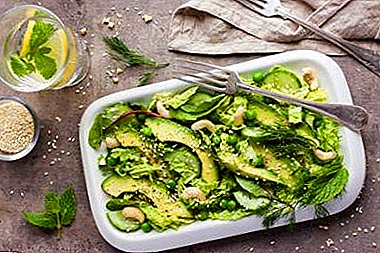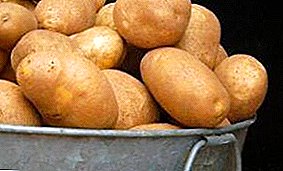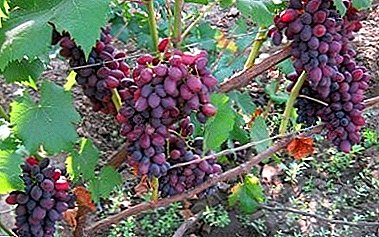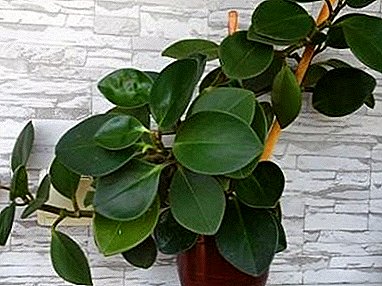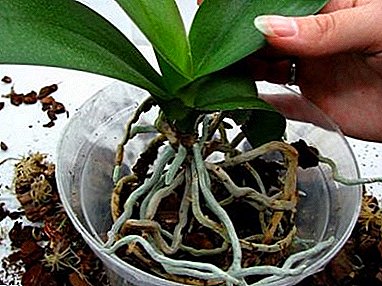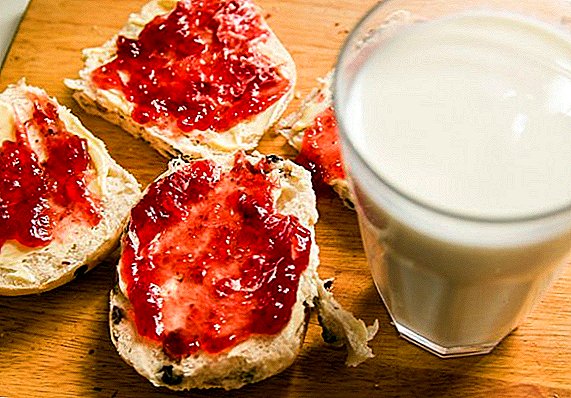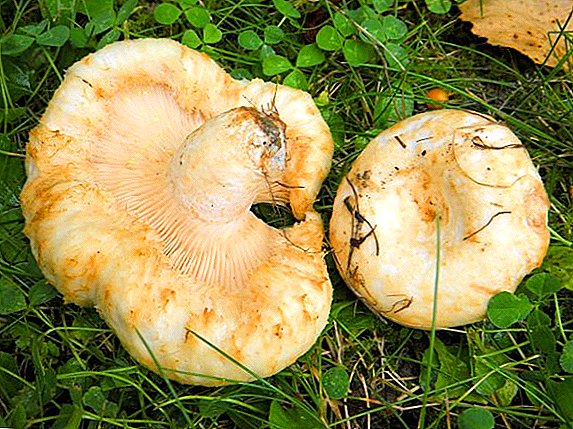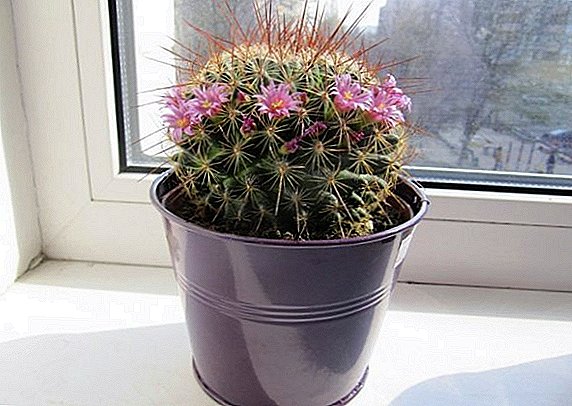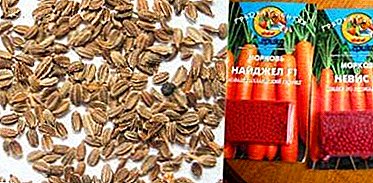
The disputes of gardeners about the preparation of carrots for planting are somewhat similar to the disputes of the ancient scholastics. They could not agree on how many angels fit on the tip of the needle, and these on which method is better. The controversy of the scholastics, however, disappeared with them, while gardeners will always be relevant.
Be that as it may, there are 2 directions. One rejects the need for soaking, the other gives a solution to many difficulties of cultivation. We will help you figure out whether to soak the seeds or better not to do this, as the choice of the method affects the yield.
Soak target
Dry seeds are not very good material for planting. The harvest may be, but how it will be difficult to predict. Soaking solves a variety of gardener's problems:
- germination test;
- removal of essential oils from the surface of the seeds;
- reduces the risk of disease;
- accelerates germination;
- reduces the complexity of growing.
Essential oils in the seeds inhibit the entry of moisture through the surface of the shell and slow down germination. So nature cares that the plant sprouts only when favorable conditions for it come. But the natural process can take up to 20 days and the carrot may simply not have time to grow normally and ripen.
Considering all the other benefits, it turns out that there is no normal alternative to this method. But still…
Is it necessary to carry out the procedure?
 There is no law prohibiting a dry landing. This method, when unprepared material is planted directly into the ground, is deprived of all of these advantages.
There is no law prohibiting a dry landing. This method, when unprepared material is planted directly into the ground, is deprived of all of these advantages.
He himself has only one advantage: you can not bother with extra labor costs, and rely on Mother Nature. But nature does not care about productivity. In addition, saving on labor for the preparation of sowing, you will certainly overspend it on caring for the plant. Whichever way you look, it turns out that soaking, although not necessarily, but highly desirable.
When is it better not to do this?
If you choose which is better, then the verdict is unequivocal. Soak better. However, there are circumstances where these benefits do not matter. In a warm climate, the seeds still germinate faster and there is more than enough time to ripen. Two or three days the difference does not solve anything. But this circumstance does not negate other advantages, which the dry method is devoid of.
Germination difference
Germination depends not only on the method of preparation for planting. Of great importance is the quality of planting material. Some gardeners claim that this circumstance is decisive. Good seeds will ensure good germination in any case. Agricultural science and statistics refute this statement.
Germination has two dimensions: quantitative and temporary. The time difference between the two methods can reach 20 days, which you agree is a lot.
Quantitative difference refers to the difference between the number of planted and sprouted seeds. Considering that on average, only 70% percent of carrot grains are suitable for germination, 100% germination will not give any way. However, the gain, ceteris paribus, will still be for landing with a preliminary soaking.
Why is this so? The method itself does not guarantee anything. A sick, unripe seed, or one that cannot grow, will not come up anyway. But, you can select the best seeds before planting. If you do not throw them into the soil without pre-treatment.
If we summarize the main advantages and disadvantages of one or another method of preparation for landing, we get the following table:
| Process + - | With soaking | Without soaking |
| The complexity of preparing for landing | - | + |
| Labor input (total) | + | - |
| Germination | + | - |
| Yield | + | - |
| Final quality | + | - |
A comparison of seed preparation methods for planting proves the advantage of soaking.. Although the labor intensity, compared with the dry method, is greater, it is compensated for by higher yield, better quality and taste. And this is the gardener's goal: not just to grow, but to grow a lot of tasty and healthy product.


